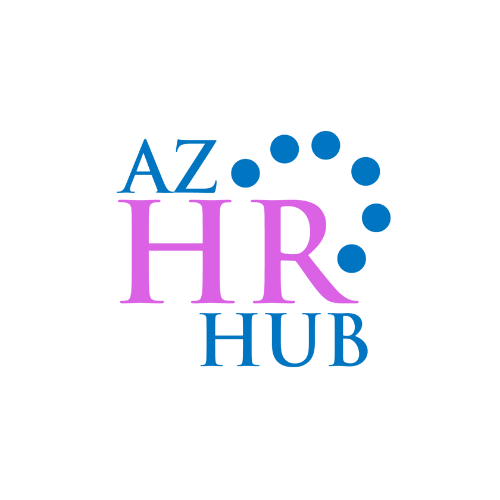The Cost of a Bad Hire: How to Improve Your Hiring Process
Hiring is one of the most important decisions a business makes—especially when you're running a small or mid-sized company where every team member counts. But what happens when a hire doesn’t work out?
Spoiler alert: it’s more than just awkward. It’s expensive, time-consuming, and can quietly hurt your team’s morale and productivity.
Let’s break down the real cost of a bad hire—and, more importantly, how to avoid one in the first place.
What Does a “Bad Hire” Really Cost?
A bad hire can cost thousands in hard dollars. But the hidden costs often hit harder:
Recruiting & onboarding expenses that go out the window when someone leaves early
Lost productivity as the team picks up the slack
Lower team morale from frustration or mismatched dynamics
Training investments with no return
Client relationships or quality issues if the hire impacts performance
🧾 General estimates suggest turnover costs can range from 30% to 300% of an employee's salary, depending on the role and industry.
How to Strengthen Your Hiring Process (and Avoid Costly Mistakes)
The good news? Most bad hires can be prevented with some intentional process improvements. Here’s where to start:
1. Clarify the Role Before You Post
Before rushing to post a job, get crystal clear on what the position actually requires—not just tasks, but the skills, mindset, and culture fit needed to succeed.
Tip: Involve team members who will work closely with the role to define expectations.
Need help structuring job descriptions or defining must-haves? This is something we guide clients through all the time.
2. Improve Your Job Posting
Generic postings attract generic candidates. Make your listing stand out by:
Clearly stating your company’s mission and values
Describing the “day in the life” of the role
Sharing growth opportunities and team culture
Tip: Use inclusive language to avoid unintentionally discouraging qualified candidates.
Not sure how your current job ads are landing? AZ HR Hub can review and improve them to help you attract the right talent.
3. Standardize Your Interview Process
Unstructured interviews lead to guesswork. Instead, create a consistent process that includes:
Behavioral questions tied to role competencies
Rating systems for interviewers
Scenario-based questions to see candidates in action
Tip: Use a structured scorecard to reduce bias and help compare candidates objectively.
We often help clients build structured interview guides that lead to smarter decisions—and better hires.
4. Don’t Skip Reference Checks
It’s tempting to skip this step when you're short on time, but references can offer insights no resume or interview can.
Ask about past performance, work habits, and team fit—not just dates of employment.
5. Look Beyond Skills—Assess Culture Fit and Emotional Intelligence
A candidate might check all the technical boxes, but if they don’t align with your company’s values or struggle with collaboration, it can lead to trouble down the road.
Tip: Ask candidates how they’ve handled conflict, feedback, or change in past roles.
Culture fit is hard to evaluate on paper. We help our clients build interview strategies that surface those important intangibles.
Hiring Smarter Starts with the Right Support
Hiring is high-stakes—but you don’t have to go it alone. At AZ HR Hub, we help small and mid-sized businesses build thoughtful, streamlined hiring processes that attract the right candidates the first time.
Whether you're refining your job descriptions, revamping your interview questions, or looking to offload the entire process—we’ve got your back.
Let’s make your next hire a great one. Schedule a free consultation today: hr.azhrhub.com/consultation

